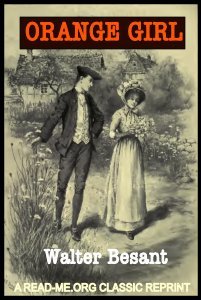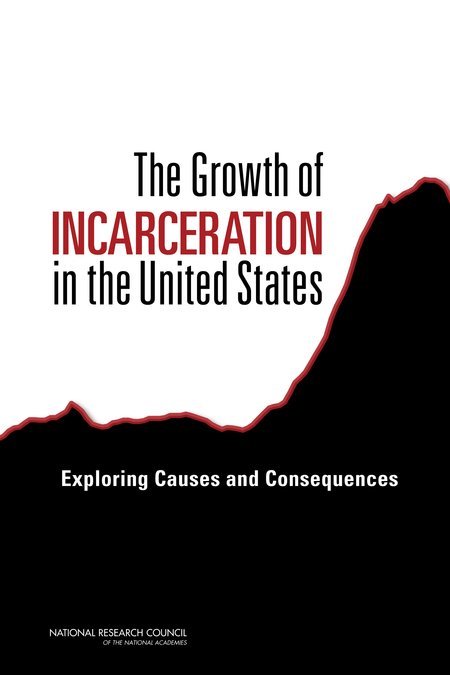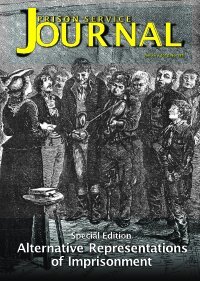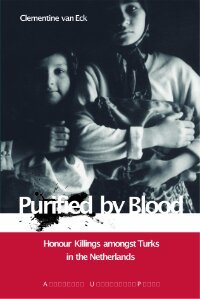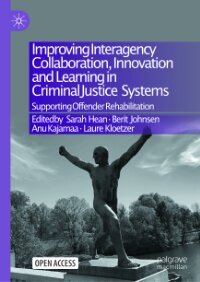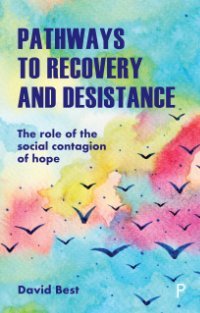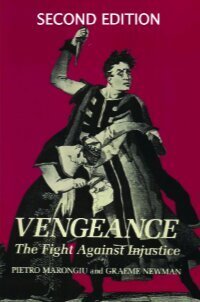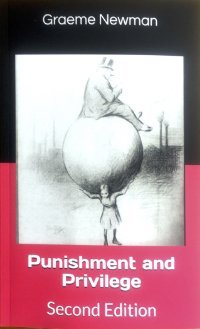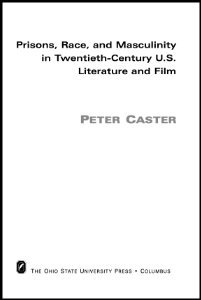By M.L. Berghuis
Practically all prisoners eventually return to free society. Considering their high rates of subsequent recidivism, more insight into post-prison circumstances is vital. Such knowledge is scarce, and it also remained unclear thus far to what extent imprisonment caused these individuals to lose their integration with the community. Scholars, professionals and prisoners themselves note that the path to a successful reentry critically depends on the transition to employment. Yet, imprisonment bars offenders from employment during imprisonment and might also limit their post-prison employment prospects. Using data of the Prison Project – a longitudinal study of almost 2,000 prisoners – this thesis examines men’s labor market experiences before and after imprisonment and studies whether recidivism risks are lower among employed versus unemployed ex-prisoners. The results show that most prisoners face a severe human capital deficit even long before they enter prison. After release many remain unable to (re)integrate into the labor market. Only longer spells (exceeding six months) seem to further deteriorate the already poor employment prospects. Among working ex-prisoners, those who are able to return to a previous employer or hold down their job during the first half year following release recidivate significantly less.
One of the few ways individuals can have meaningful contact with the outside world while incarcerated is through prison visits. Prison visitation has steadily gained academic attention in the past decade as theoretical accounts highlight that receiving visits in prison is beneficial and empirical studies largely reinforce this, leading to increased calls for stimulating prison visits. Yet not all results lead to unequivocal conclusions, and little is known about whether, how often, and from whom individuals receive visits and under which circumstances visits affect behavior, especially across different contexts and populations. Work on this topic is complicated as visitation is a heterogeneous experience and the social and incarceration contexts in which visits take place are complex. By taking a comprehensive approach and using multifaceted measures of visitation from several sources, the current dissertation furthers our understanding of prison visitation, its impacts, and its likelihood across people. This dissertation demonstrates that a substantial number of individuals do not receive visits in Dutch prison. While some individuals are less likely to receive visits, this dissertation finds that prison policies can also enable or hinder the receipt of visits. Receiving visits is not always positive for life in prison, but receiving frequent visits, especially before release, seems important for reentry success.
Leiden, Netherlands: Leiden University, 2022. 263p.





